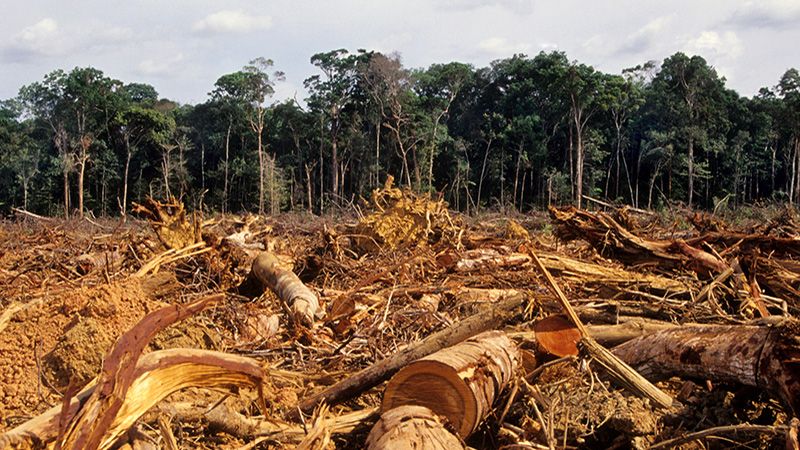Institutional investors are increasingly considering the interconnected challenges of biodiversity loss and climate change, the need to better understand the dependencies and impacts involved and to assess related risks and opportunities in their portfolios, according to an inaugural study conducted by ISS STOXX’s Natural Capital Research Institute, and published by ISS ESG.
The report’s key focus is tropical forests, expanding on existing research into deforestation risk exposure – the probability of a business activity directly or indirectly causing, contributing to, or financing deforestation – and potential mitigation strategies.
It asks how global institutional investors are exposed to deforestation risks in their investment portfolios, and how can they assess and mitigate those risks while capitalising on nature-based opportunities. Subsequently, it provides guidance on how institutional investors can assess their portfolio companies’ reliance and related environmental and social impacts on tropical forests by using a diverse set of data typologies.
Founded in 2024, the Natural Capital Research Institute’s mission is to advance the understanding of how nature affects businesses and investment portfolios and to help institutional investors incorporate nature-related considerations in their investment decision making process.
Mirtha Kastrapeli, global head of natural capital, and head of ISS STOXX’s Natural Capital Research Institute, said: “This inaugural flagship study highlights that the remit of mitigating and halting deforestation risk across public equity portfolios will be a dynamic journey. Although challenges persist, opportunities are growing rapidly, with data around nature-related dependencies, impacts and environmental performance becoming available. Further, nature data architecture at the asset level is growing, while nature-based solutions practices, such as regenerative agriculture and sustainable land management are expanding.”
Assessing deforestation risk
According to the report, investors can assess deforestation risks in their portfolio using various data sets that can be organised into three types: dependencies data; impact data; and company performance data.
Dependencies data covers a company’s dependencies on forests and the ecosystem services those biomes provide, to ensure operations, profitability and access to raw materials, among other inputs. Impact data adds insight into a portfolio company’s activities with an impact on forests that contribute to the deterioration or depletion of natural capital.
Meanwhile, performance data assesses a company’s policies and measures in place to assess, disclose and mitigate deforestation-related risks and impacts. A sub-set of performance data that goes beyond risk mitigation into the realm of innovation and new products and processes that promote restoration, regeneration and a just transition could be considered ‘opportunity’ performance data.
“With better and more granular company disclosure in the pipeline and new technologies available that allow supply chain visibility with geospatial location data, investors are set to progressively incorporate nature data into their decision-making process,” concludes the report.
“This paper can be used as a guide to investors that are ready to start this journey.”








